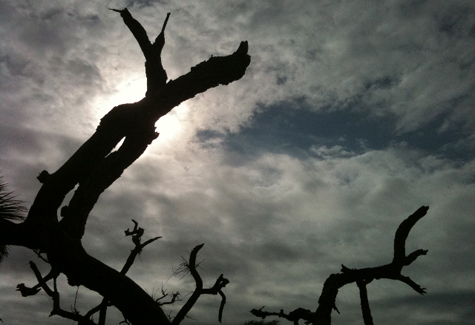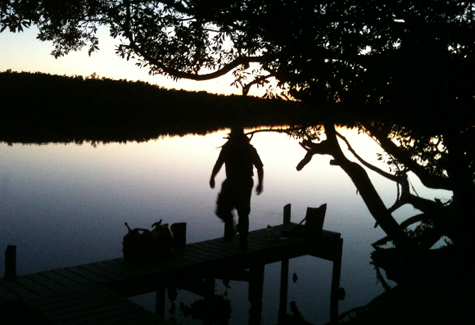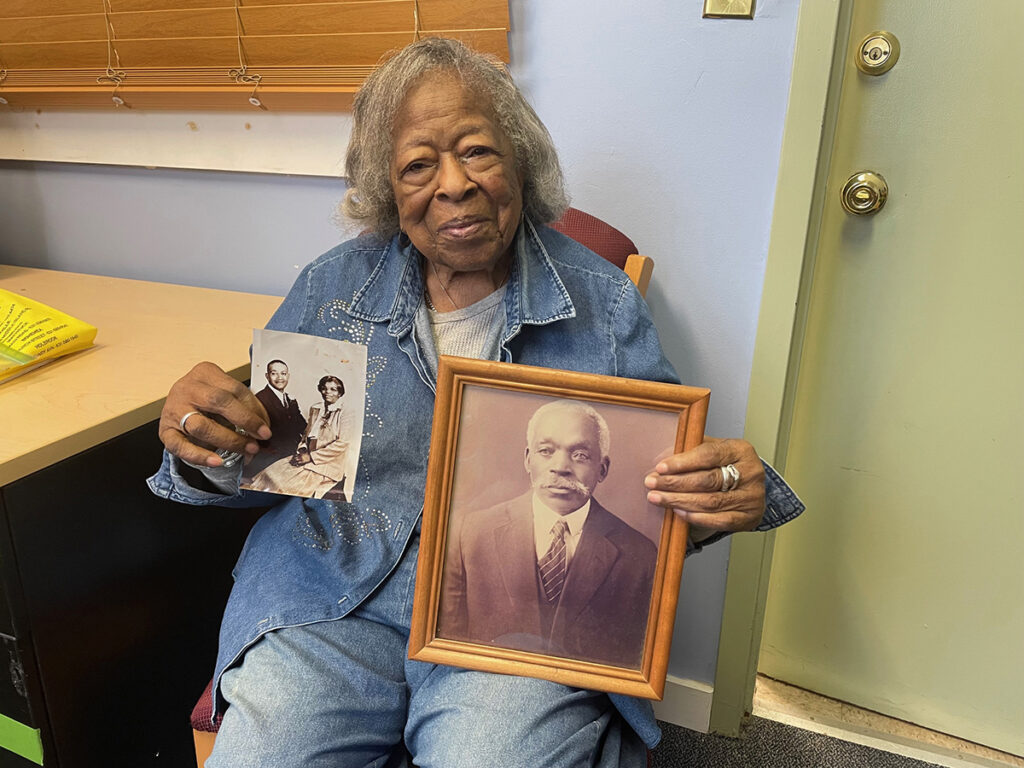Column: Ghosts, gators & a flat-bottom skiff

I have a confession to make: I have not endured the brutal winter of 2010-11 entirely on the North Fork of Long Island.
And thus it was several weeks ago that a fellow adventurer, former Greenport mayor/Southold councilman Joe Townsend, and I found ourselves in the middle of the largest wilderness area east of the Mississippi River.
Florida’s Ten Thousand Islands region runs south and slightly east from Marco Island, the last bastion of civilization on Florida’s west coast. Much of the area falls within Everglades National Park. The section we explored covered the first third of the 99-mile-long Wilderness Waterway that runs from Chokoloskee in the north to Flamingo in the south.
We were drawn to this mini (four-day, three-night) adventure primarily by a work of fiction — Peter Matthiessen’s National Book Award-winning “Shadow Country,” a phone book-length trilogy based on the real life of notorious southwest Florida pioneer Edgar Watson. (It’s a book I started to read at least 10 times before I finally was seduced by its rhythms. In the end, the struggle was well worth it.)
Think “Apocalypse Now,” with Capt. Willard traveling up river to Cambodia to terminate Col. Kurtz “with extreme prejudice.” As we slid over the shallows of Alligator Creek in our 16-foot Carolina Skiff, I imagined the arrows of Montagnard tribesmen raining down from the sky. Instead, we passed mile after mile of dense mangrove islands, gators sunbathing in the mud flats and enough bird life (herons, ibis, kites, hawks, osprey) to keep an ornithologist chirping for months.
(An aside about our craft: It was a flat-bottom skiff powered by a 30-horsepower four-stroke engine, and the outfitter we rented it from told us it would get up on plane with a payload of 750 pounds. The problem was that Mr. Townsend and I account for nearly two-thirds of that poundage, and our gear — tents, sleeping bags, food, 14 gallons of fresh water and only slightly fewer gallons of fresh rum — put us on the upside of that threshold. Yet, much to our amazement, this little boat readily and routinely skimmed over waters that could not have been any deeper than 12 inches.)

Departing from Everglades City, we passed by the still-in-business Smallwood Store in Chokoloskee, where the aforementioned Edgar Watson was gunned down by a crowd of townspeople in 1910. The primary allegation against him, among others, was that he “paid off” farm workers at his 40-acre sugar cane patch by killing them and feeding them to the alligators.
So where did we spend out first night in the wilderness? The Watson Place, a campground on the very spot where Edgar is alleged to have murdered all those people. I’m not normally the most ardent camper — often deputizing myself to stay awake all night to ward off grizzly bears and other critters — and that first night I stayed awake to ward off the ghosts of Watson’s victims.
And it worked! Not a single one of them made an appearance.
Since we had just three nights on the Wilderness Waterway, we wanted to experience all three of the camping options available to visitors to the national park. After our night on solid ground, we made our way to the Plate Creek chickee, a raised wooden platform that hovers about four feet over the swamp. It offered only the basics: overhead protection to get out of the weather, a port-a-potty and views forever. And no ghosts.

The third night brought us to Pigeon Key, a barrier island about a mile off the Gulf of Mexico coast. It was appropriately deserted — save for a friendly family of canoers from Easton, Pa. — and offered even fewer man-made amenities than the chickee — just another port-a-potty. Yet it turned out to be our favorite destination because it allowed us to explore on foot. I’ve visited other barrier islands off the Gulf Coast, including spectacular Cayo Costa State Park, and I highly recommend them to anyone who appreciates the beauty and solitude of, say, Long Beach at Orient Beach State Park.
For four days and three nights, we were literally off the grid, and there’s something to say for that in this age of instant access to data of every description. If that Carolina Skiff had broken down, we would have had to wade back to Everglades City for 30 miles in 12 inches of water. Or sought assistance from the ghost of Edgar Watson.








